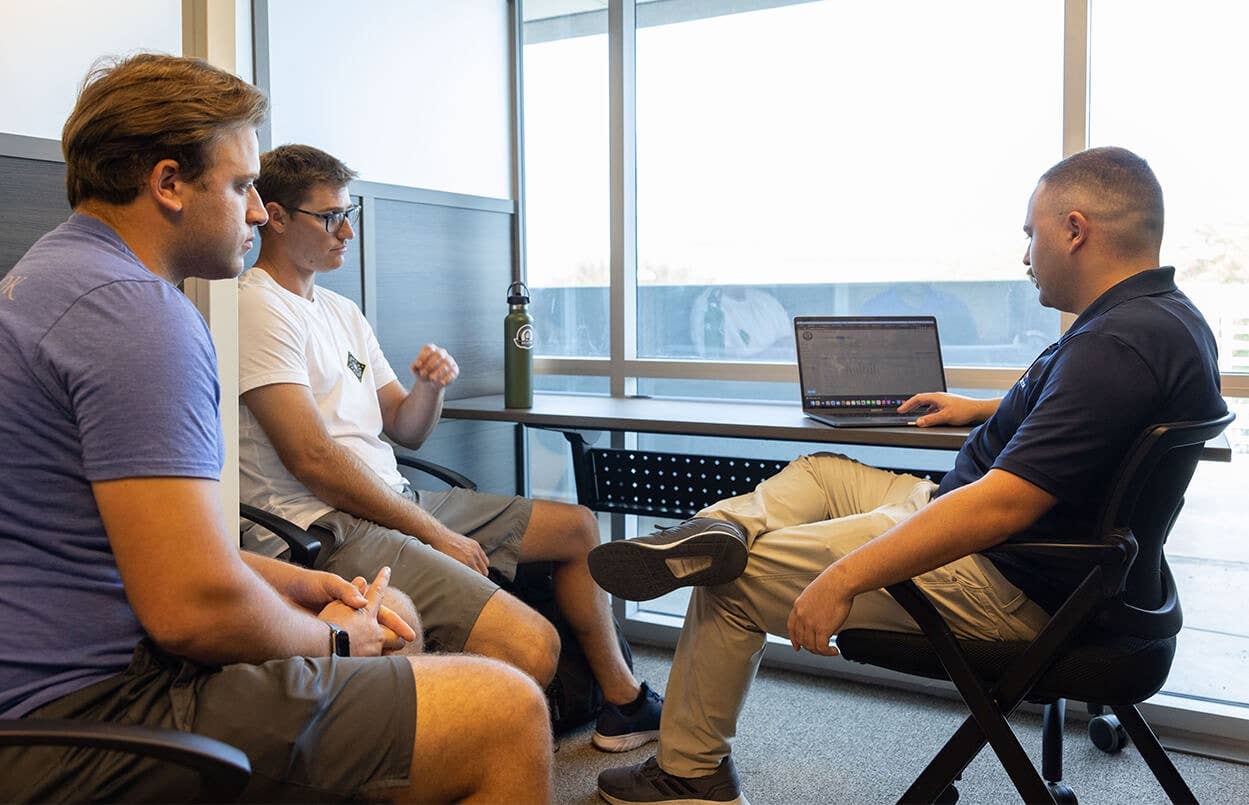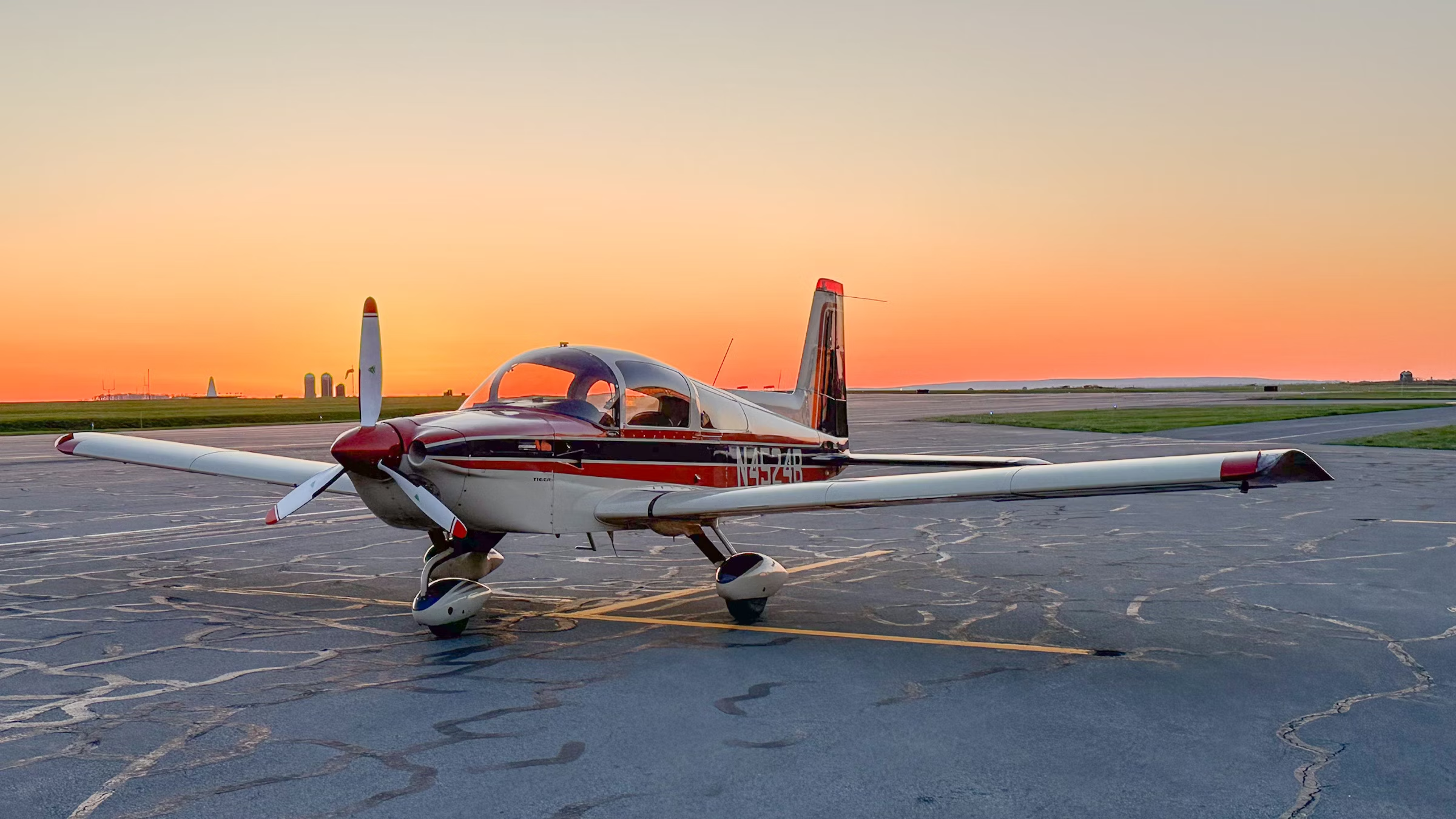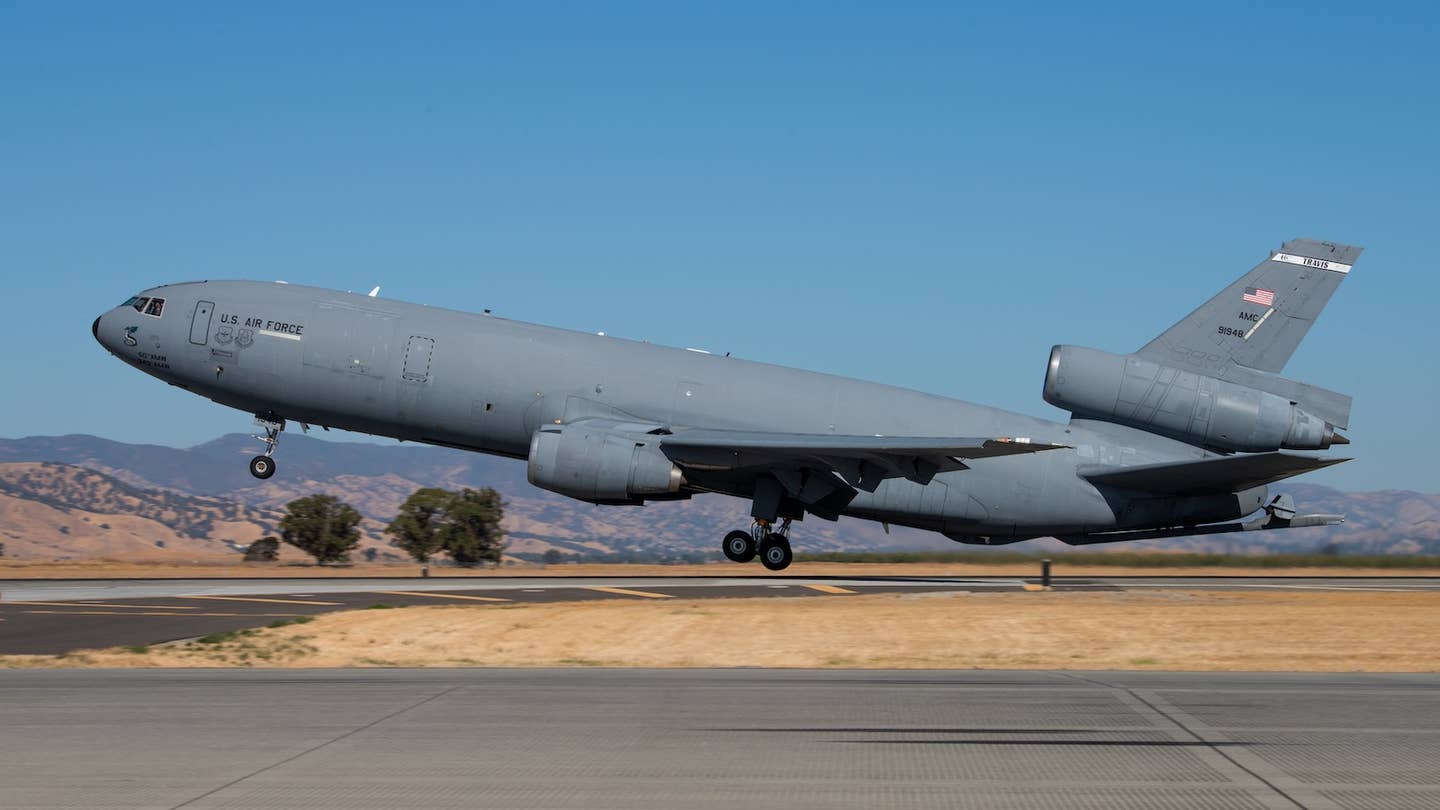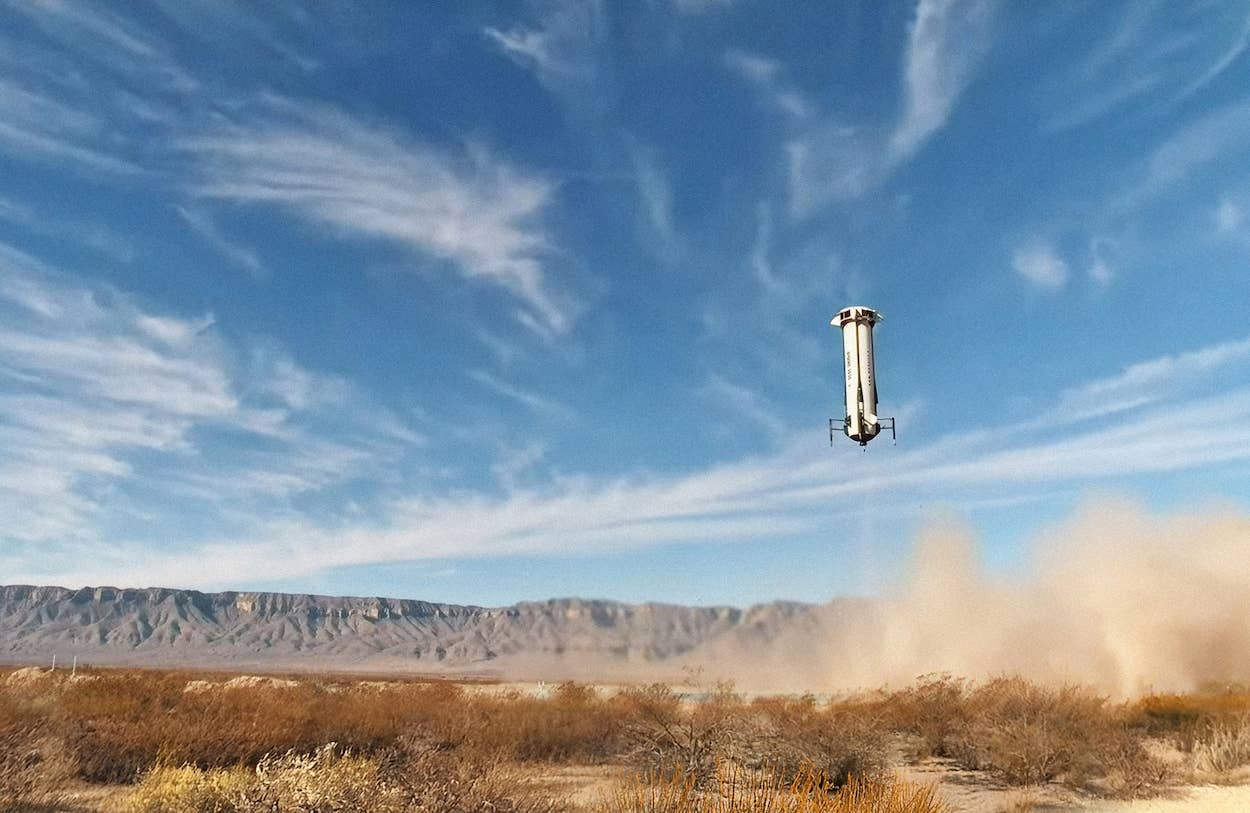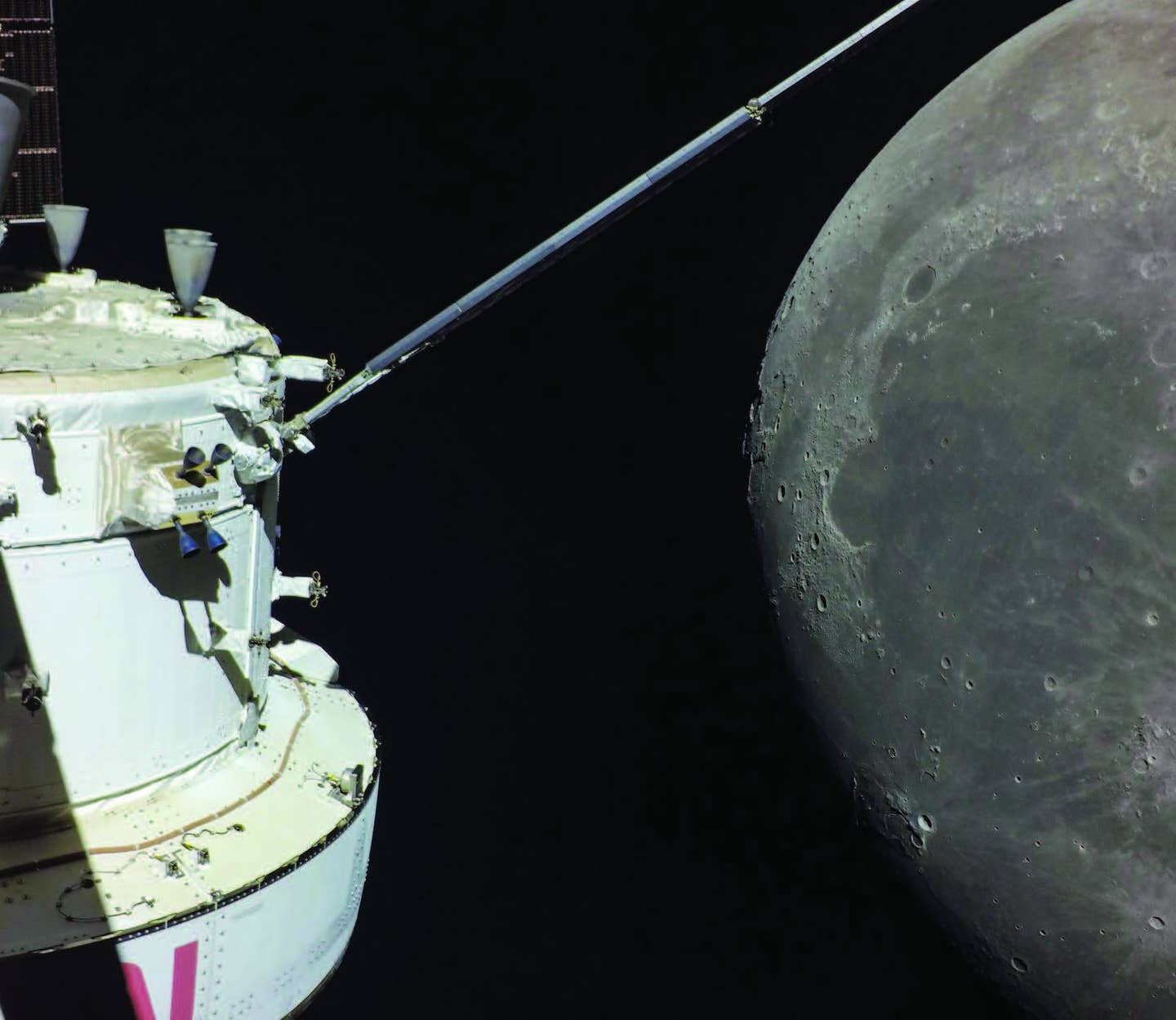World’s Most Unusual Pilot Jobs
Not every professional aviator wants to work for the airlines. Here’s a list of aviation careers for those who choose more niche paths.
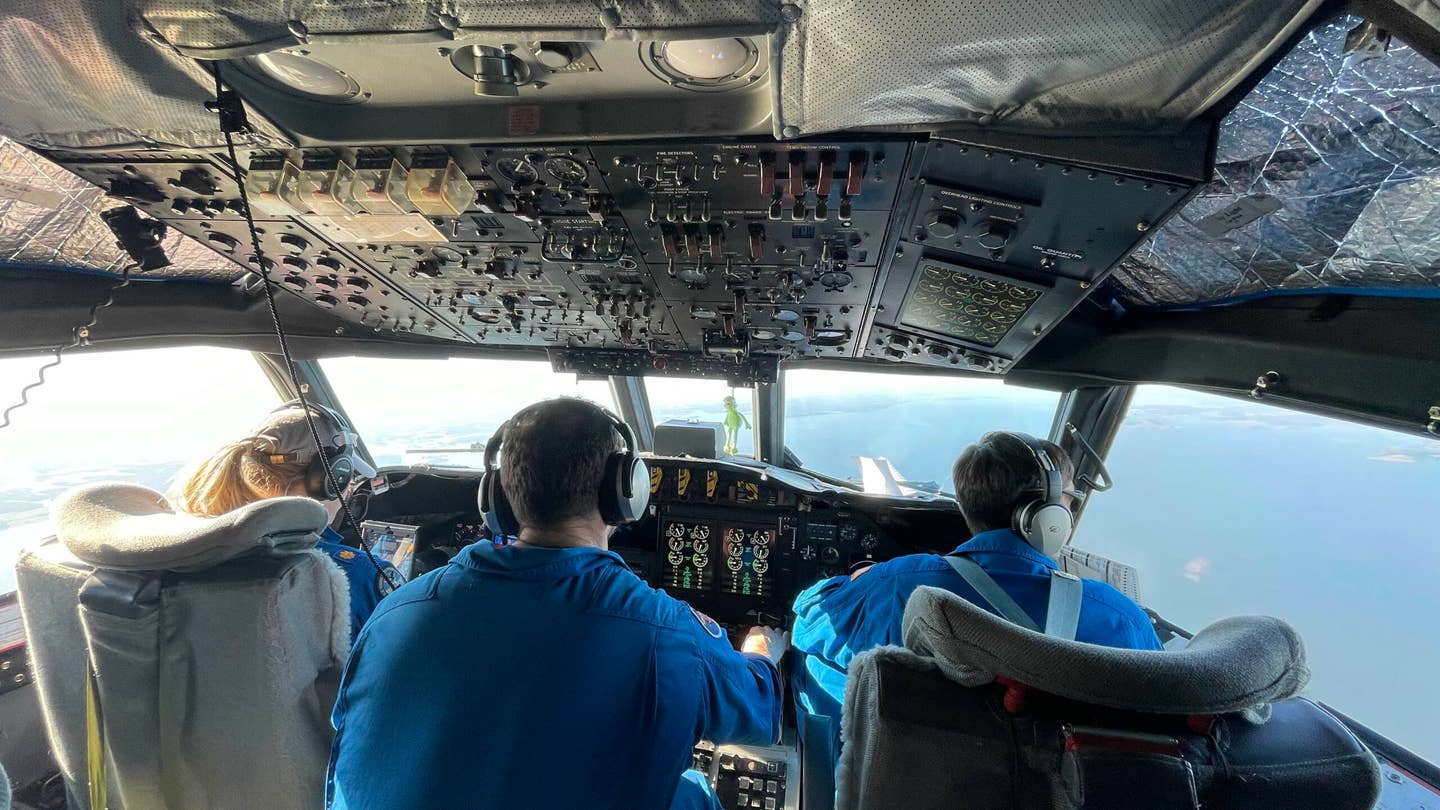
NOAA’s Hurricane Hunter fleet includes two Lockheed WP-3D Orion turboprops. [Courtesy: NOAA]
In the aviation industry, there are a few clear career options for professional pilots. Most obvious is to become an airline pilot. Many pursue aviation specifically to work for an airline thanks to positive experiences, pay, or desire to travel. Equally, pilots can work for charter companies, corporate flight departments, or flight schools to pursue their dream of flight.
However, being an airline pilot or flight instructor is not for everyone, and many people seek aviation careers in fields that aren’t as visible. Some pilots choose more niche paths that keep them close to home or may be more challenging, exciting, or hands-on. There are a number of oddball pilot jobs that aviators can pursue to chase their wildest dreams.
Crop Dusting
One notable career path for pilots is crop dusting. Across the U.S. and around the world, many farmers depend on aviation to spread crops, apply fertilizer, or even dry off crops. Crop duster pilots can accomplish this by flying low and slow over fields to assist pilots in their duties.
Crop dusting is in many ways an overlooked sector of the aviation industry. Beyond the standard commercial pilot training that all professional aviators must accomplish, crop dusters need additional training specific to agricultural aviation.These pilots also need a pesticide applicator license from a state department of agriculture.
- GET A JOB NOW: Daily pilot openings at FindaPilot.com
Agricultural pilots can be in incredibly high demand, but it also takes time to succeed in the trade. Many crop dusters spend a significant amount of time as an apprentice to an established crop duster. This will help new pilots learn intuitive tricks of the trade from professional pilots with significant experience. Relationships within the industry and farming can go an especially long way to helping pilots make progress.
As with many other types of piloting, a significant amount of ground studying goes into becoming an agricultural pilot. However, with dedicated time and effort, any pilot can learn the nuances, tricks, knowledge, and skills required to succeed as a crop duster.
Firefighters
Aviation plays an important role in firefighting around the world. Whether in the American West, Australian desert, or European wilderness, airplanes can play a critical role in controlling fires in predictable ways. Firefighting aircraft are used to drop water or fire retardant over large fires from above, allowing crews to get ahead of a blaze while fighting it on the ground and minimizing the environmental impact of picking through dense wildlife areas on the ground.
Firefighting takes different roles in different places. Some fires require only smaller aircraft, such as twin-piston or small turboprop aircraft. However, some missions require larger aircraft ranging from Boeing 737s, or even McDonnell-Douglass DC-10s and Boeing 747s.
- READ MORE: New Year, New Pilot Gear for 2025
As with agricultural pilots, firefighting can be conducted by fixed-wing aircraft or rotorcraft. Due to the complexity of many firefighting missions, companies often require that their pilots be not only commercial but airline transport pilots. The additional experience makes applicants more prepared to fly bigger, more complex aircraft at low altitudes and relatively slow speeds.
Equally, firefighters require specialized training to not only fly an airplane but fight fires in them. The U.S. Forest Service, the largest federal contractor of aerial firefighting services, provides specialized training every year to help pilots grow into firefighters. Other state and federal agencies in the U.S. and around the world provide training and services to ground crews within their jurisdiction.
Many firefighting pilots come from military, bush, and airline backgrounds. However, low-level flying experience, such as in crop dusting or pipeline patrol, can also be a benefit for hopeful firefighting pilots.
Hurricane Hunter
Aviation can provide scientists with incredible data, particularly about weather phenomena. One of the most fascinating operations provided by the U.S. government is the hurricane hunter aircraft operated by the National Oceanic and Atmospheric Administration (NOAA). Hurricane hunter crews fly modified aircraft into the center of hurricanes to collect data and information. This intelligence can be critically helpful for future scientific research and modeling on hurricanes.
NOAA pilots can either be trained specifically for hurricane hunting or come from other branches of U.S. government service, most often the military. Many NOAA pilots are experienced U.S. Navy pilots who already meet some of the training requirements for patrol operations.
- READ MORE: 15 Top-Selling Aviation Items Last Month
One main question many have is how safe it is to fly through hurricanes. Commercial operations, after all, cancel or divert many flights due to weather. However, NOAA pilots can mitigate the risks of flying through weather conditions and identify the best ways to penetrate storms.
Some storms, of course, are more challenging than others. U.S. Air Force pilots reported that flying through Hurricane Ian was especially difficult—so much so that the NOAA aircraft flying the same route turned back early. However, crews can use their experience to inform how they handle flying through storms in the future.
Skywriter Pilots
Perhaps the strangest job on this list, skywriters expel smoke in flight to spell out messages. Pilots climb to over 5,000 feet to share their messages, which can last for up to 10 minutes. The intricacy of skywriting means that only six letters can be written at a time, and there are limits to how much wind can be present for letters to hold their shapes.
To accommodate the intricacies of skywriting, a modified form, known as skytyping, can be used. Instead of one plane emitting a constant stream of smoke to create a letter, a fleet of aircraft release dashes of smoke. Letters and words can be created in a fraction of the time.
Skywriting pilots often create their message while flying inverted, meaning aerobatic training is required. Especially important is upset prevention and recovery training.
Only a handful of skywriting pilots and companies exist in the United States. These pilots typically handle similar requests, such as marriage proposals and anniversary celebrations. Some companies, such as PepsiCo Inc., even used to hire skywriters for advertising purposes.
Whatever job pilots take for their career, there is sure to be a range of challenges and exciting day-to-day events. Every pilot values different things in their careers, and there is a niche to fill whatever qualities they look for in their work.
Best-Selling Aviation Headsets
Read reviews of each of these from FLYING magazine:

Sign-up for newsletters & special offers!
Get the latest FLYING stories & special offers delivered directly to your inbox

